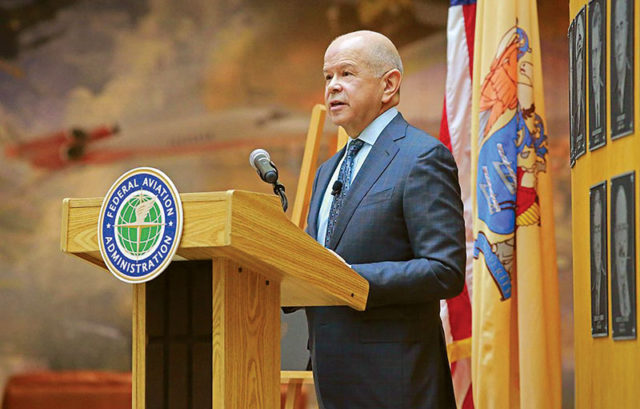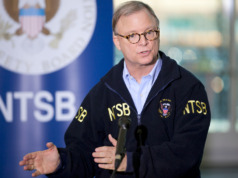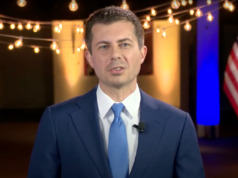
Predicting who might get, or quickly lose, a job in the Trump Administration is like trying to guess the outcome of a hyper-speed pinball game – there are just too many possible permutations to keep track of.
Yet one thing seems clear: Michael P. Huerta will have stepped down as FAA Administrator as of January 7, 2018, the final day of his five-year appointment. No one expects he will be asked to stick around longer.
His departure marks the end of a 7 ½-year run at the upper levels of the FAA org chart. Named deputy administrator of the agency in June 2010, he became acting administrator in December 2011. Huerta won Senate confirmation and was sworn in as Administrator on Jan. 7, 2013.
Huerta’s lengthy tenure has been marked by several positive developments. These include FAA partnering with the industry on a number of fronts to improve safety, and to reduce regulatory burdens for manufacturers and private pilots.
But Huerta will be remembered most for championing the NextGen ATC modernization program. Many observers credit him with helping push NextGen from a somewhat nebulous concept to a functional program that is putting new technology online and producing positive results. President Trump, who has criticized the NextGen program and who supports ATC privatization legislation, will select the next FAA administrator.
So, who will he pick? One possibility is Daniel K. Elwell, sworn in as Deputy Administrator this past June and in line to become acting administrator when Huerta departs.
Based on his aviation background, and strong Republican credentials, Elwell would seem a likely candidate to get the top job on a permanent basis. He’s an Air Force Academy graduate, has more than 6,000 total flight hours, and achieved the rank of Lieutenant Colonel.
After retiring from the military, Elwell was a commercial pilot with American Airlines and later served as that carrier’s managing director for international and government affairs.
He then joined FAA as assistant administrator for aviation policy, planning, and environment, while Marion Blakey was FAA Administrator. Elwell followed Blakey to the Aerospace Industries Association, where she was president and he was a senior executive dealing with a range of civil aviation issues and policy.
Elwell then moved to Airlines For America (A4A), the primary supporter of Rep. Bill Shuster’s (R-PA) multi-year effort to hand over ownership and management of the U.S. air traffic control system to a private sector entity controlled by A4A’s member airlines. A4A has disingenuously cited early problems with NextGen as a rationale for its support of ATC privatization.
While it may seem Elwell would be just the sort of guy Trump might pick to head FAA – former military, worked for the airline lobbying group, etc. – the President previously singled out another pilot he has known for more than two decades.
During a “getting to know you” meeting with airline executives at the White House last February, Trump took a few verbal shots at the NextGen program and Huerta. Then, without referring to him by name, Trump began speaking about John Dunkin, who became Trump’s personal pilot in 1989 and continued in that role through the presidential campaign.
“I have a pilot who’s a real expert,” Trump said then of Dunkin, who offered Trump the following perspective on NextGen: “Sir, the equipment they’re [FAA] putting on is just the wrong stuff. If we’re going to modernize our system we should be using the right equipment.”
“My pilot, he’s a smart guy, and he knows what’s going on,” Trump concluded.
The possibility that FAA’s new leader could be a former A4A executive, or a pilot who was paid to keep Trump happy for 20+ years, is terrifying to contemplate. Upsetting the NextGen effort now, when FAA is more than a decade into the program, invites catastrophe. BAA
David Collogan has covered aviation in Washington, DC for more than four decades. This award-wining journalist is known as one of the most knowledgeable, balanced, wary, and trusted journalists in the aviation community.




